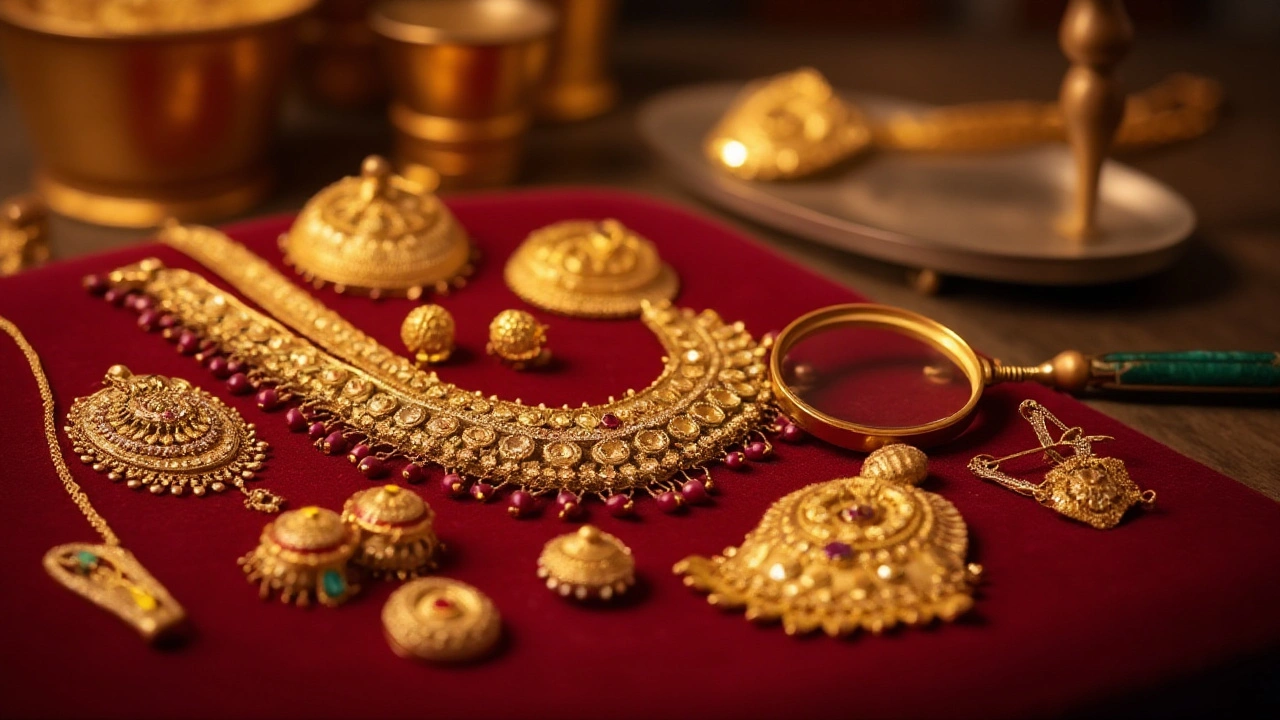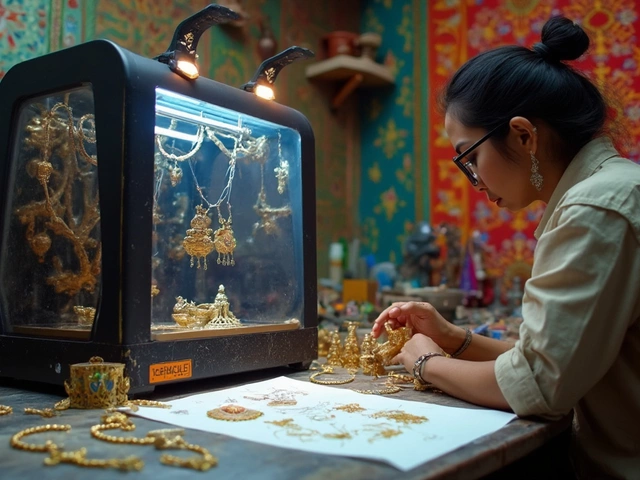Investment Gold: Your Practical Guide to Buying, Timing & Value
If you’re thinking about buying gold as an investment, you probably have a few questions buzzing in your head – what purity should I look for, when is the right time to buy, and which pieces actually keep their worth? You’re not alone. In India, gold isn’t just jewelry; it’s a trusted safety net. This guide cuts through the jargon and gives you straight‑forward advice you can use right away.
Understanding Gold Purity Marks
The first thing you’ll notice on any gold piece is a small stamp. The most common ones you’ll see are 22K, 21K (sometimes written as 875), and 24K. Here’s the quick rundown:
22K (916) – This is 91.6% pure gold, the standard for most Indian gold jewelry. It’s strong enough for daily wear but still very pure.
21K (875) – The ‘875’ means the item is 87.5% pure gold, or 21 karats. It’s often mixed with a bit of silver or copper to make it tougher. If you spot an 875 stamp, you’re looking at solid gold, not just a gold‑plated piece.
24K (999) – Pure gold, 99.9% purity. It’s soft, so you’ll mostly see it in coins or bars, not in rings that need to withstand everyday wear.
In India, the Bureau of Indian Standards (BIS) hallmark guarantees the purity. Look for the four‑digit BIS mark next to the purity stamp – it’s your safety net against fake gold.
When to Buy Gold for Best Price
Gold prices swing with the market, but there are a few patterns that can help you snag a better deal.
Seasonal dips – Historically, the months of September to November see a slight dip in prices. This is because the festive season (Diwali) drives demand, but the market often corrects after the rush.
International cues – Keep an eye on global events. When the US dollar weakens, gold usually climbs. If you notice a strong dollar, it could be a good time to buy.
Weekly trends – Some traders report that gold often dips on Tuesday and Wednesday after the weekend trading lull. While not a hard rule, it’s worth checking the price early in the week.
Combine these insights with a personal budget plan. Set a target price, track it for a few weeks, and be ready to act when the market hits your mark.
Now, let’s talk about the types of gold pieces that tend to hold value over time.
Classic gold bangles, simple 22K chains, and well‑crafted 21K coins are the safest bets. Intricate designs with gemstones can add sparkle, but they also bring the risk of style changes. If you’re buying for investment, stick to timeless shapes and reputable makers.
Finally, remember that gold is a long‑term game. Prices can wobble day‑to‑day, but over years they usually rise. Keep your gold in a safe place, get it hallmarked, and enjoy the peace of mind that comes with owning a tangible asset.
Got more questions about gold purity or timing? Feel free to explore our other articles – you’ll find detailed guides on gold hallmarks, resale value tips, and how to spot fake pieces. Happy investing!
Top Gold Jewelry with the Best Resale Value in 2024
Gold has always been a symbol of wealth and a reliable investment option. For those interested in purchasing gold jewelry, understanding which pieces hold the highest resale value is crucial. Factors such as purity, design, and market trends play a significant role in resale potential. This article explores the types of gold that provide the most substantial return, offering insight into making smart investment decisions in gold jewelry.




